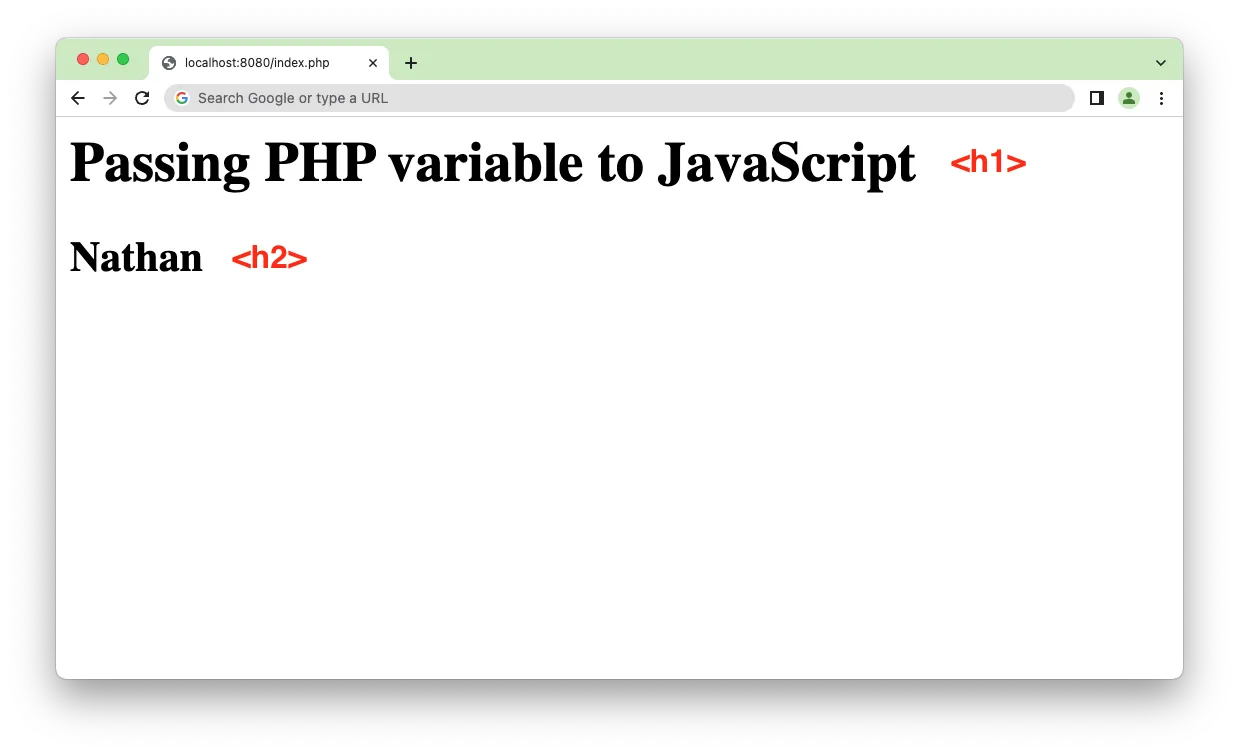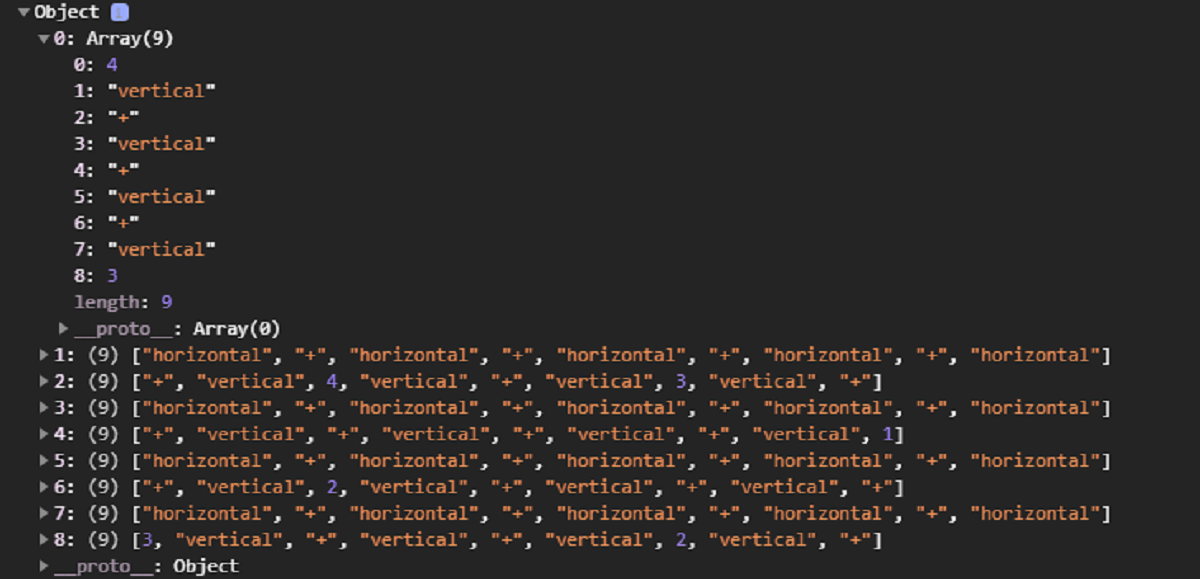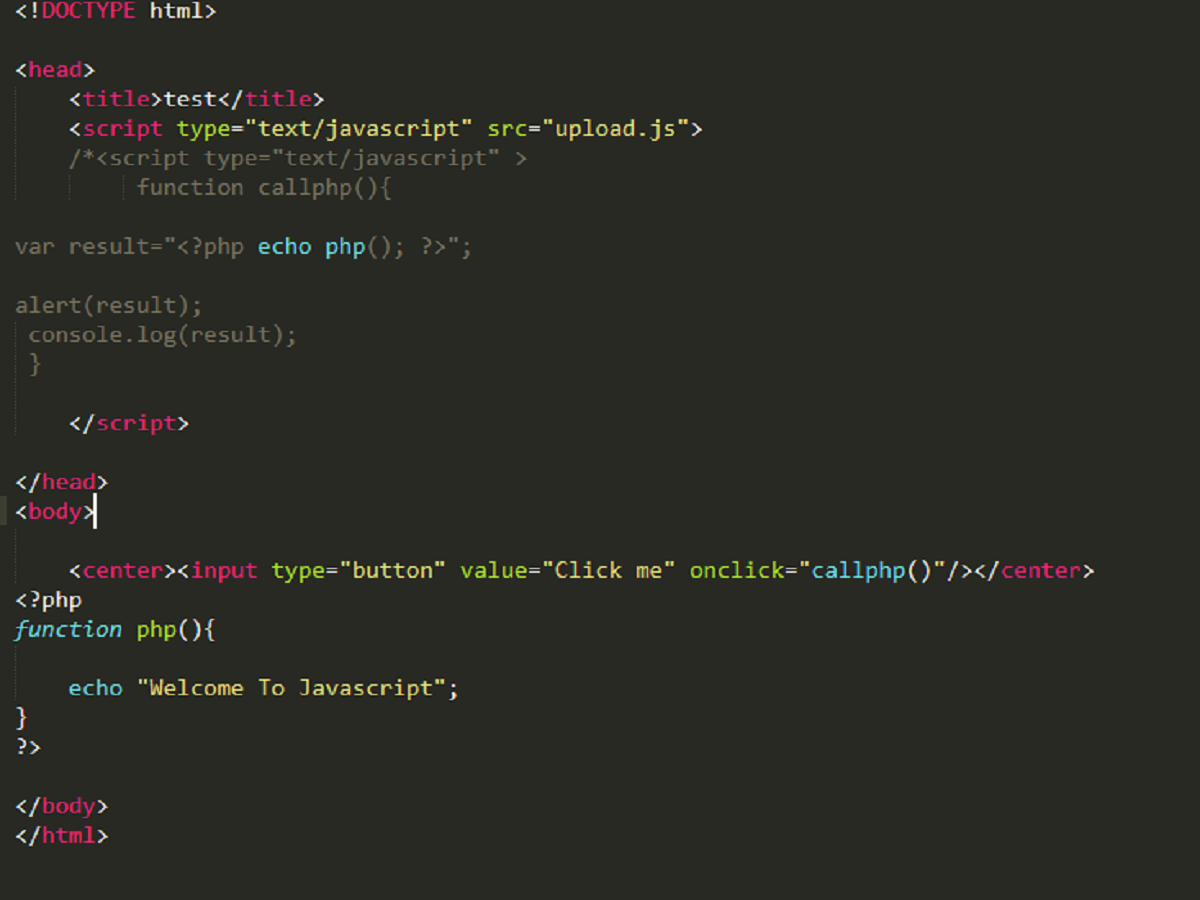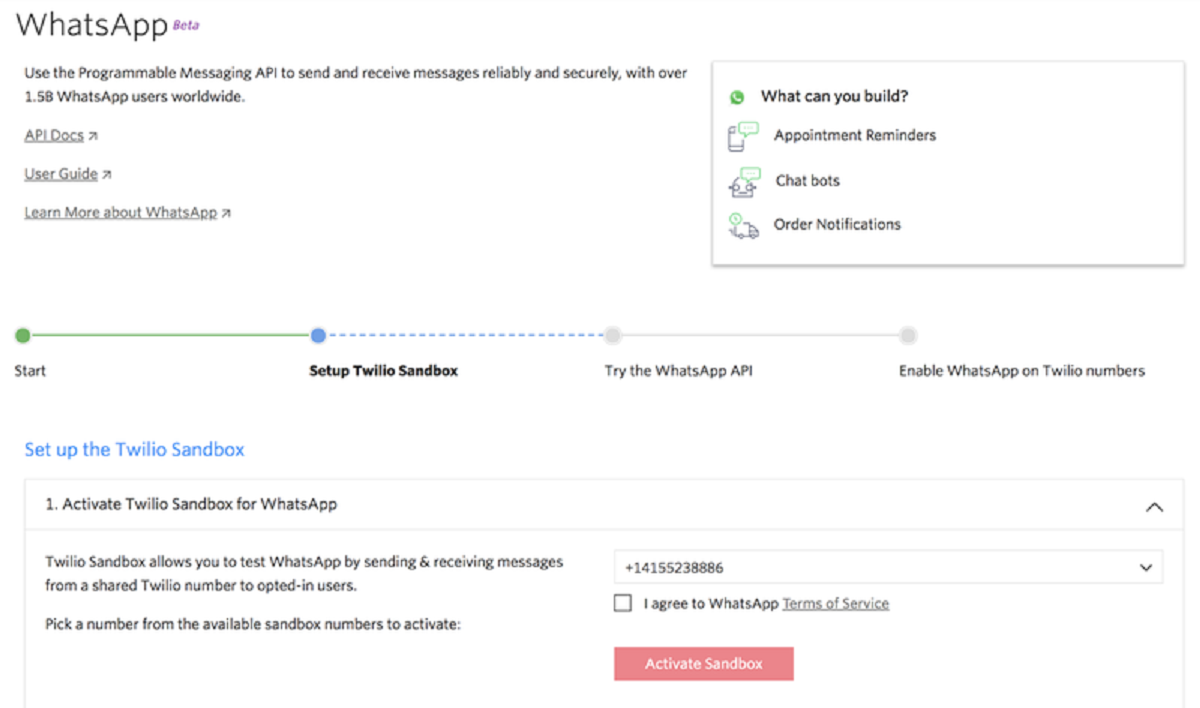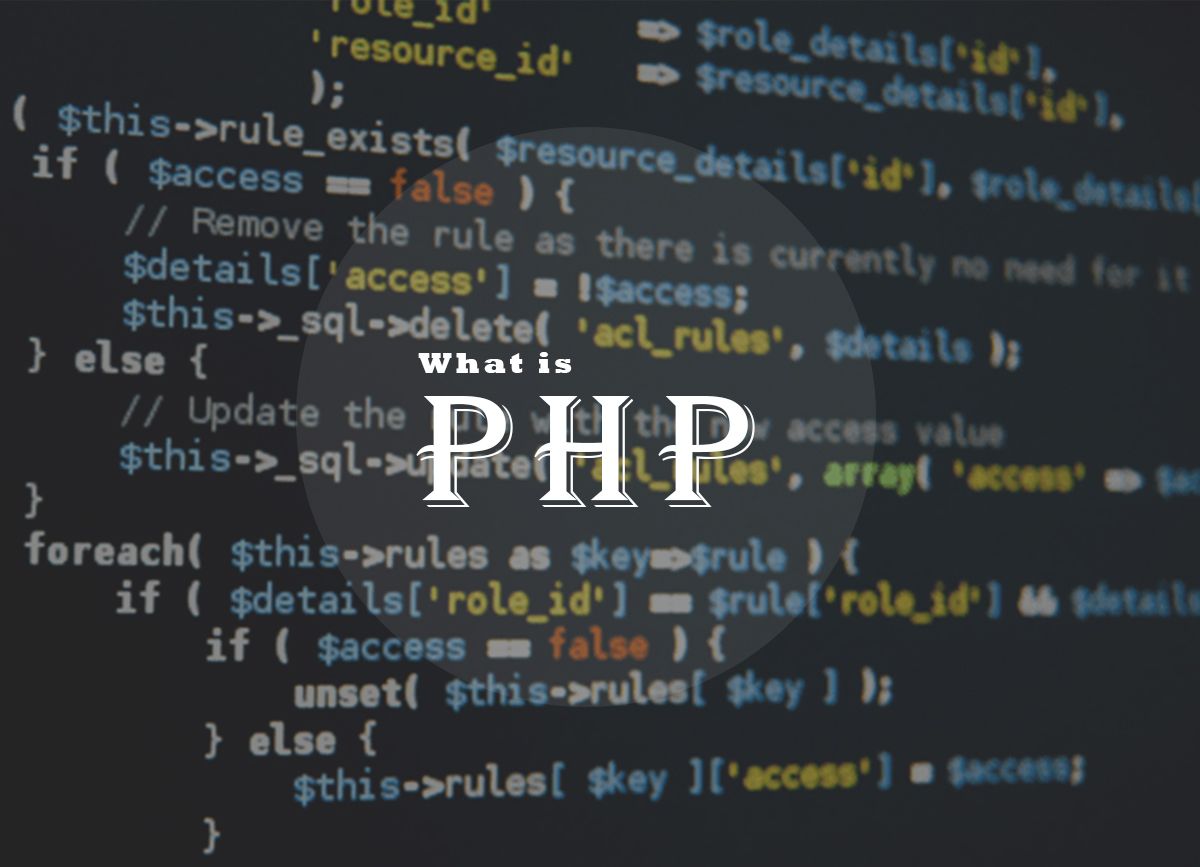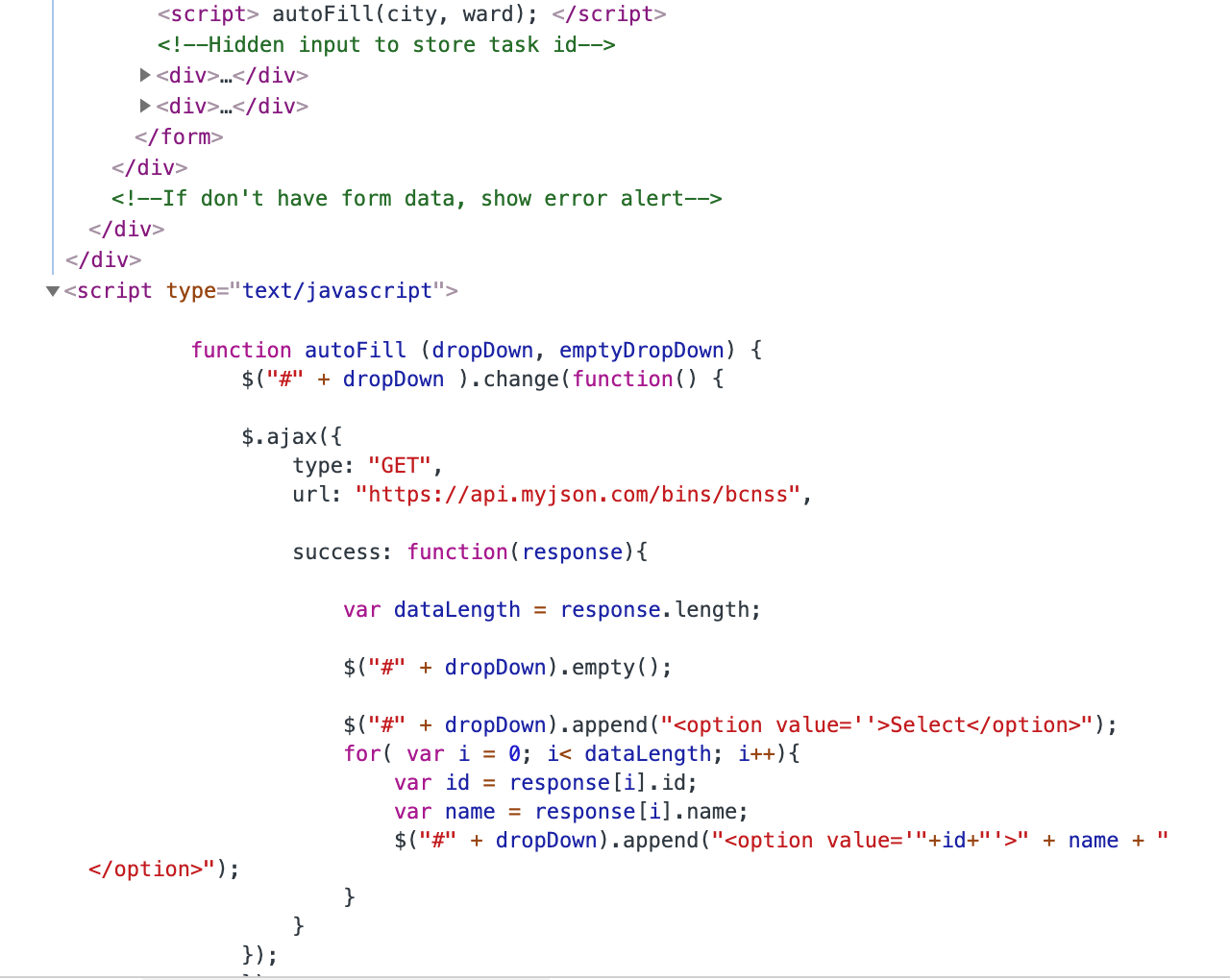Introduction
In the world of web development, it’s common to encounter situations where you need to pass a PHP variable to JavaScript. This is especially important when you want to dynamically update your web page or manipulate data on the client-side using JavaScript. Fortunately, there are multiple methods available to achieve this. In this article, we will explore five different approaches to passing PHP variables to JavaScript, each with its own advantages and use cases.
Before diving into the methods, it’s important to understand why passing PHP variables to JavaScript is necessary. PHP is a server-side language, meaning it executes on the server before the web page is delivered to the client’s browser. On the other hand, JavaScript is a client-side language that runs directly in the browser. By passing PHP variables to JavaScript, you can access and use data generated by PHP in your JavaScript code. This allows for dynamic and interactive web pages.
Now let’s explore the five methods we can use to pass PHP variables to JavaScript:
Method 1: Inline PHP
One of the simplest ways to pass a PHP variable to JavaScript is by including it directly in your JavaScript code. This method is known as inline PHP. Here’s how it works:
First, you’ll need to declare your PHP variable and assign it a value. For example, let’s say we have a PHP variable called “$name” that holds the value “John”:
$name = "John";Next, you can echo the value of the PHP variable directly into your JavaScript code using the PHP echo statement:
<script>
var jsName = "";
</script>In this example, we’re declaring a JavaScript variable called “jsName” and assigning it the value of the PHP variable “$name” by echoing it within the script tags. The resulting JavaScript code will look like this:
<script>
var jsName = "John";
</script>Now you can use the JavaScript variable “jsName” in your client-side code, knowing that it holds the value of the PHP variable “$name”. This method allows you to pass any PHP variable to JavaScript, including strings, numbers, booleans, and even arrays.
The inline PHP method is straightforward and can be used for simple scenarios. However, it’s important to note that mixing PHP and JavaScript in this way can make your code less maintainable, especially in larger projects. Additionally, if your PHP variable contains special characters or quotes, you need to ensure that it’s properly escaped to avoid syntax errors in your JavaScript code.
Now that you understand how to pass a PHP variable to JavaScript using inline PHP, let’s move on to the next method: using JSON.
Method 2: Using JSON
Another popular method for passing PHP variables to JavaScript is by using JSON (JavaScript Object Notation). JSON provides a convenient way to exchange data between PHP and JavaScript.
To use JSON, you’ll first need to convert your PHP variable into a JSON-encoded string. PHP provides the “json_encode()” function for this purpose. Let’s say we have an array in PHP called “$person” that holds information about a person:
$person = array(
'name' => 'John',
'age' => 25,
'city' => 'New York'
);We can now encode this array into a JSON string using the “json_encode()” function:
$jsonPerson = json_encode($person);The resulting “$jsonPerson” variable will contain the JSON-encoded string:
{"name":"John","age":25,"city":"New York"}Now, we can pass this JSON string to JavaScript and decode it back into a JavaScript object using the “JSON.parse()” function:
<script>
var jsPerson = JSON.parse('');
</script>In this example, we’re assigning the decoded JavaScript object to the “jsPerson” variable. Now, you can access the individual properties of the JavaScript object using dot notation like “jsPerson.name”, “jsPerson.age”, and “jsPerson.city”.
Using JSON provides a structured and standardized approach for passing complex data types, such as arrays or objects, from PHP to JavaScript. It’s efficient and allows for easy data manipulation on the client-side. However, keep in mind that JSON is not suitable for passing PHP resources, such as database connections, files, or network sockets, as JSON only supports basic data types.
Now that you know how to pass PHP variables using JSON, let’s move on to the next method: AJAX requests.
Method 3: AJAX Request
Using AJAX (Asynchronous JavaScript and XML) requests is another powerful way to pass PHP variables to JavaScript. AJAX allows you to make asynchronous HTTP requests to the server, retrieve data, and update your web page without requiring a full page reload.
To use AJAX, you’ll need to make a request to a PHP script that processes your data and returns the result. This can be done using the XMLHttpRequest or jQuery’s AJAX method. Here’s an example using the native XMLHttpRequest:
<script>
var xhr = new XMLHttpRequest();
xhr.open('GET', 'process.php', true);
xhr.onreadystatechange = function() {
if (xhr.readyState === 4 && xhr.status === 200) {
var data = JSON.parse(xhr.responseText);
var name = data.name;
// Use the 'name' variable in your JavaScript code
}
};
xhr.send();
</script>In this example, we’re creating a new instance of the XMLHttpRequest object and using the “open()” method to specify the PHP script we want to call. The “onreadystatechange” event is triggered when the state of the request changes. Once the request is completed (readyState is 4) and successful (status is 200), we can access the response from the PHP script using the “responseText” property. We then parse the JSON response into a JavaScript object and extract the value of the “name” property.
This method allows for more dynamic interactions between PHP and JavaScript, as you can pass variables to the server, perform server-side processing, and return the results to JavaScript. However, it requires additional server-side code to handle the AJAX request and process the data.
Now that you’ve learned about using AJAX to pass PHP variables to JavaScript, let’s move on to Method 4: using hidden input fields.
Method 4: Using Hidden Input Fields
Another approach to pass PHP variables to JavaScript is by using hidden input fields in your HTML form. Hidden input fields allow you to store data that is not visible to the user but can be accessed and used by JavaScript.
To use hidden input fields, you’ll need to add an input element with the “type” attribute set to “hidden” and set the “value” attribute to the PHP variable you want to pass. Here’s an example:
<input type="hidden" id="phpVariable" value="">In this example, we’re creating a hidden input field with the ID “phpVariable” and setting its value to the PHP variable “$myVariable”. The value will be echoed directly into the HTML, making it accessible to JavaScript.
Now, you can access this hidden input field from JavaScript using its ID and retrieve the value. Here’s an example:
<script>
var jsVariable = document.getElementById("phpVariable").value;
// Use the 'jsVariable' in your JavaScript code
</script>By retrieving the hidden input field’s value using JavaScript, you can now use the PHP variable in your client-side code.
This method is useful when you want to pass data from PHP to JavaScript within the context of an HTML form. It’s especially handy when submitting forms or performing client-side validation. However, it’s essential to ensure that the hidden input field is properly secured and not tampered with on the client side, as users can modify the value of hidden input fields.
Now that you understand how to use hidden input fields to pass PHP variables to JavaScript, let’s move on to Method 5: passing PHP variables directly in JavaScript code.
Method 5: Passing PHP Variables Directly in JavaScript Code
The final method we’ll explore is passing PHP variables directly into JavaScript code. This approach is useful when you have a small piece of PHP code that you want to execute within your JavaScript code block.
To pass PHP variables in JavaScript code, you can use the inline PHP tags (``) directly in your JavaScript code. Here’s an example:
<script>
var phpVariable = '';
// Use the 'phpVariable' directly in your JavaScript code
</script>In this example, we’re assigning the value of the PHP variable “$myVariable” to the JavaScript variable “phpVariable”. The PHP code within the inline PHP tags will be executed on the server-side, and the resulting value will be included in the JavaScript code when the page is rendered.
This method provides a simple way to pass PHP variables to JavaScript without the need for additional processing or server requests. It’s particularly useful when you have a small amount of data or want to perform a specific action based on the PHP variable value within your JavaScript code.
However, keep in mind that mixing PHP and JavaScript code together may make your code less maintainable, especially in larger projects. Additionally, ensure that the PHP variable is properly escaped if it contains special characters or quotes to avoid syntax errors in your JavaScript code.
Now that you understand how to pass PHP variables directly in JavaScript code, let’s wrap up this discussion.
Conclusion
Passing PHP variables to JavaScript is a common requirement in web development, allowing for dynamic and interactive web pages. In this article, we explored five methods to achieve this: inline PHP, using JSON, AJAX requests, hidden input fields, and passing PHP variables directly in JavaScript code.
The inline PHP method allows for a quick and straightforward approach to include PHP variables in JavaScript code. However, it can make the code less maintainable and requires proper handling of special characters or quotes.
Using JSON provides a structured and standardized way to pass complex data types between PHP and JavaScript. It offers flexibility and ease of data manipulation on the client-side.
AJAX requests allow for dynamic interactions between PHP and JavaScript, enabling server-side processing and seamless retrieval of data without page reloads. This method requires additional server-side code to handle the AJAX requests.
Using hidden input fields is beneficial within the context of HTML forms, allowing for the transfer of data from PHP to JavaScript. It is important to ensure the security of hidden input fields to prevent tampering by users.
Passing PHP variables directly in JavaScript code provides a simple method for executing small pieces of PHP code within JavaScript. However, it should be used with caution to maintain code readability and avoid potential syntax errors.
Each method has its own advantages and use cases, and the choice depends on the specific requirements of your web development project. Understanding these methods gives you the flexibility to pass PHP variables to JavaScript efficiently and effectively.
Experiment with these methods and choose the most suitable approach based on your project’s needs. By successfully passing PHP variables to JavaScript, you’ll be able to create dynamic and interactive web experiences for your users.







